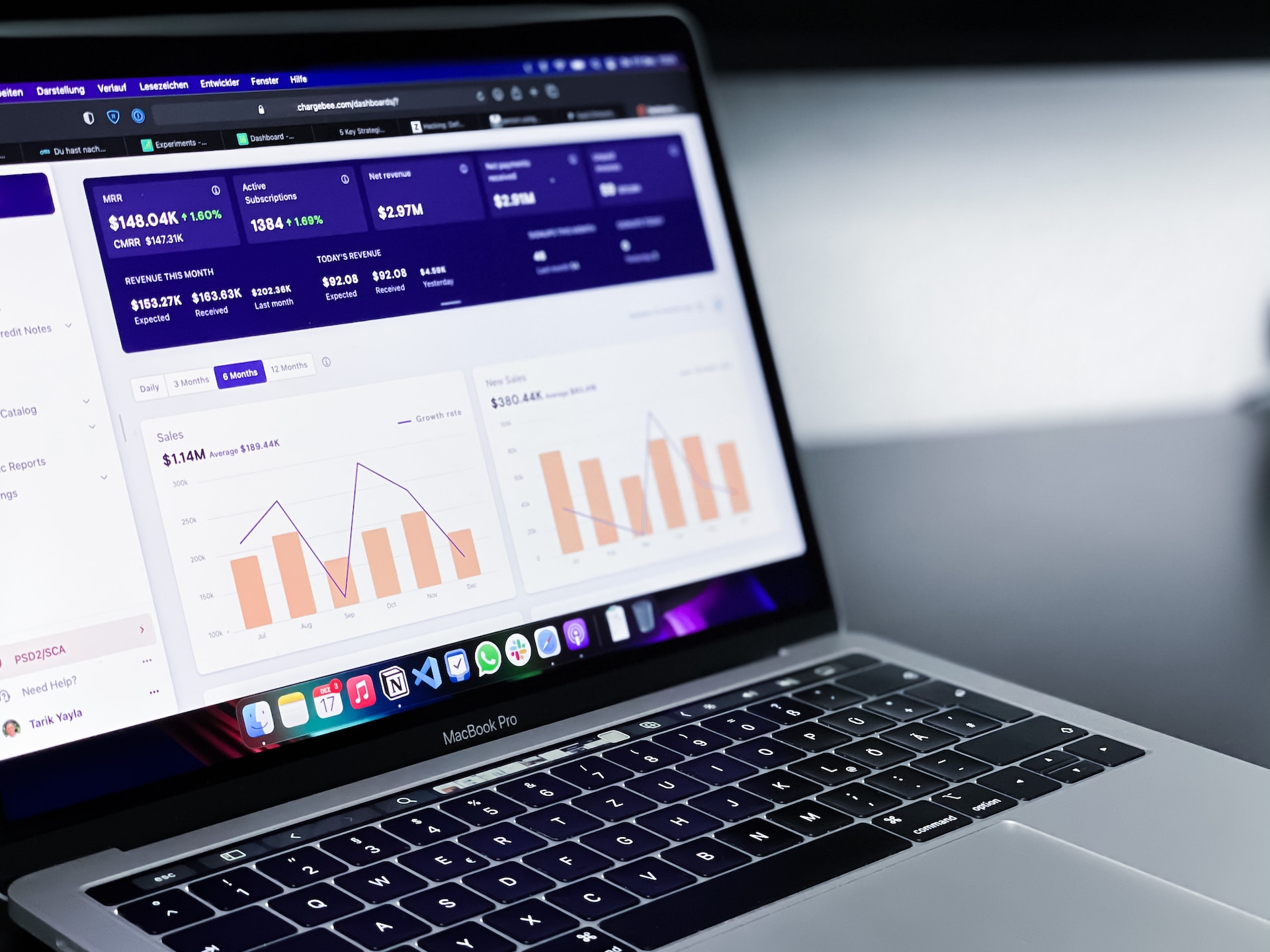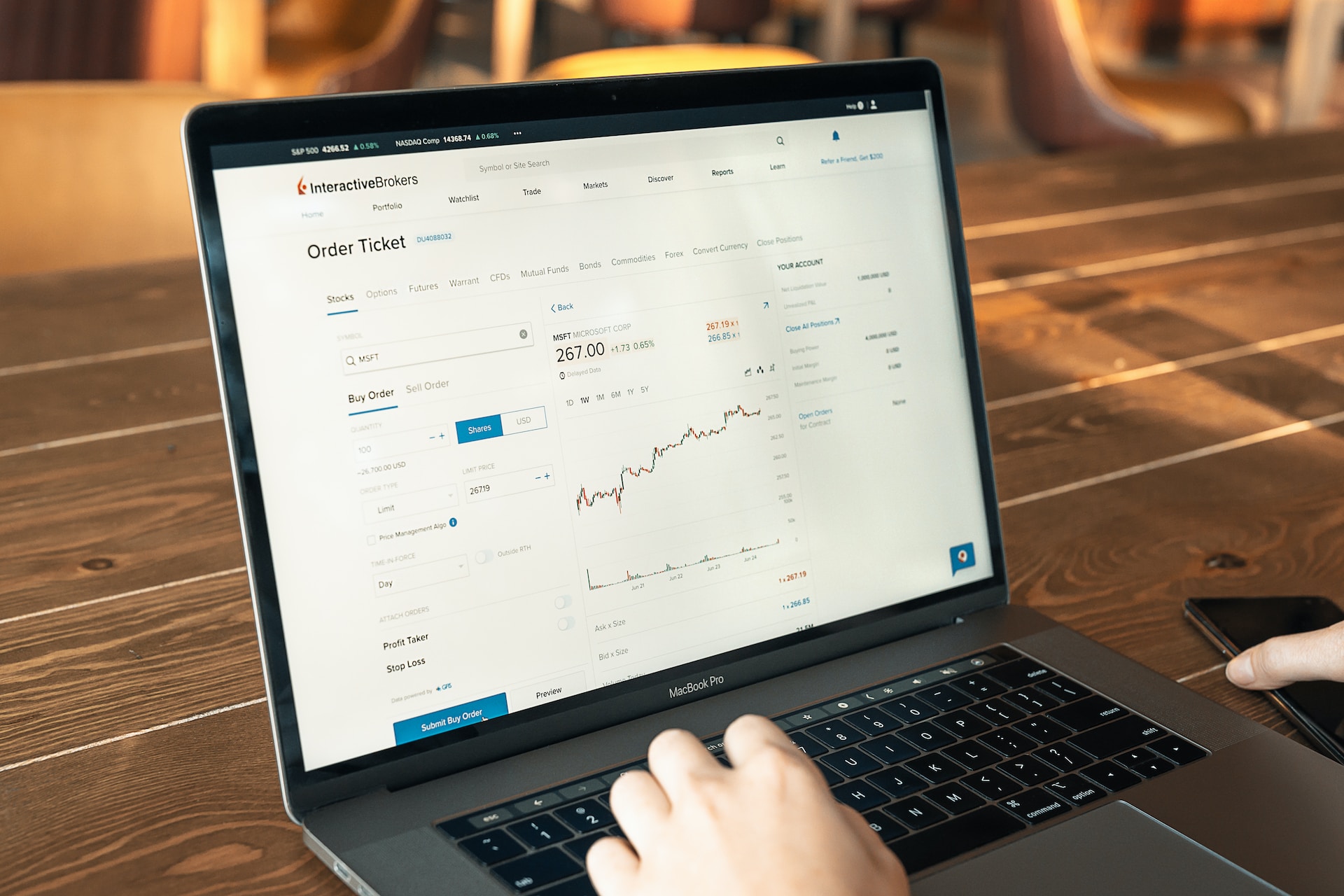What is a retention rate?
Calculating Retention Rate

Why Retention Rate is Important
1. Customer Lifetime Value
2. Cost Efficiency
3. Customer Advocacy
4. Predictable Revenue
How to Improve Your Retention Rate
1. Provide Outstanding Customer Support
- Implement multiple support channels, such as email, live chat, and phone, to make it easy for customers to reach you.
- Offer 24/7 support or extended hours to accommodate customers in different time zones or with varying schedules.
- Invest in ongoing training for your support team to ensure they can effectively address customer concerns and provide accurate, helpful information.

2. Regularly Engage with Your Customers
- Email newsletters with updates, promotions, and valuable content.
- Social media interactions, sharing relevant information, and responding to comments and messages.
- Personalized outreach, such as check-in calls or emails, to show customers you care about their experience and success.
3. Solicit and Implement Customer Feedback
- Send customer satisfaction surveys to gather feedback on your product or service, as well as your support and engagement efforts.
- Implement a system for tracking and addressing customer feedback, such as a ticketing system or a dedicated feedback portal.
- Communicate with customers about the changes you've made based on their feedback, showing them that you take their input seriously and are working to improve their experience.
4. Offer a Seamless Onboarding Experience
- Provide clear, concise documentation and tutorials that cover essential product features and functionality.
- Offer personalized onboarding assistance, such as one-on-one training sessions or guided walkthroughs, to help customers get started with your product.
- Implement in-app messaging or tooltips to guide users through critical workflows and features, ensuring they can quickly become proficient with your product.
5. Continuously Improve and Update Your Product or Service
- Regularly assess your product's performance, features, and design, identifying areas for improvement and enhancement.
- Stay informed about industry trends and emerging technologies to ensure your product remains relevant and innovative.
- Communicate product updates and improvements to your customers, highlighting the value these changes bring to their experience.

6. Implement a Customer Loyalty Program
- Offer exclusive discounts, promotions, or rewards to loyal customers, encouraging repeat purchases and increased lifetime value.
- Create tiered loyalty programs with escalating benefits, motivating customers to continue engaging with your product or service to access higher-tier rewards.
- Leverage personalized offers and recommendations based on customer behavior and preferences, ensuring your loyalty program remains relevant and enticing.
Related Courses
Describing the ROI of Design
Learn business school tactics to build credibility, gain influence & drive impactful design work at any organization
Survival Metrics: Prioritization for Product Managers
Learn a survival-metrics system that turns roadmap anxiety into clear, defensible stop / pivot / invest decisions.
OKRs for Design Orgs
Gather, interpret, & predict how your decisions and actions raise product quality & drive business impact. 📺 Watch the teaser video below!
Business Influence for UX Researchers
Maximize impact and influence business outcomes through intentional research
Rev Tech Essentials
Build flexible, frictionless RevTech stacks that unify sales, marketing, and ops for sustainable growth—without frustrating your teams.
Measure Your Customer Obsession
Learn how to use an AI Agent to measure and improve your company's customer obsession using the MORTN Scale
You might also like

Growth Hacking 101

Drive Growth with YouTube

Growth vs Marketing: What's the Difference?

